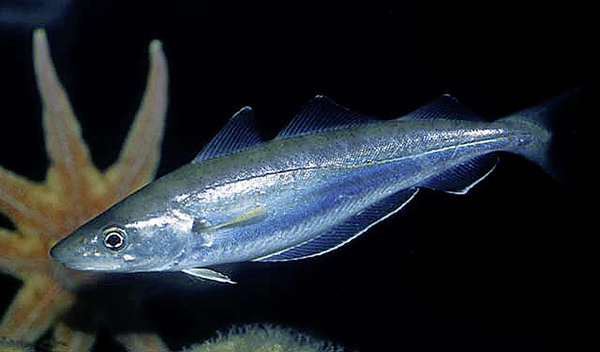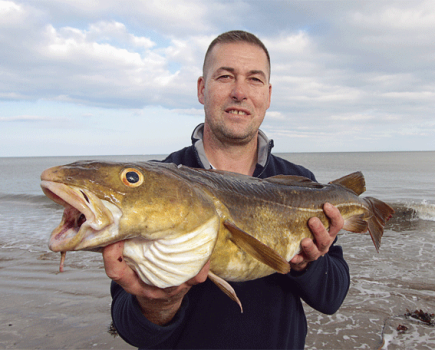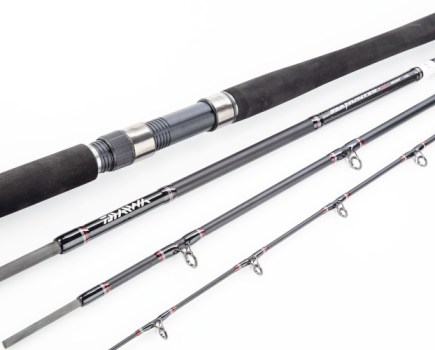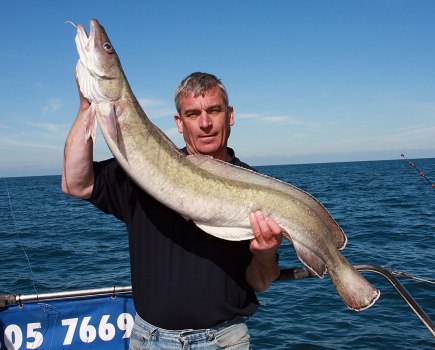If you want lots of bites from ravenous fish, then look no further than the whiting. There are times when there are so many whiting about that they become a nuisance. However, it also makes them a popular species with match anglers from boat and shore.
The whiting is a member of the Gadidae family, which includes cod, and is generally found over a seabed consisting of sand, mud and gravel, at depths down to about 100 metres (328 feet). They feed on small fish, marine worms and small crustaceans.
Whiting flesh was allegedly used as a filler in flour in times of shortages in the 18th Century, when millers and bakers were commonly accused of using ground whiting to add to flour as the costs of the fish was lower than grain.
Whiting (Merlangius merlangius) inhabit the eastern Atlantic Ocean and the Mediterranean Sea. Their range extends from the south-eastern Barents Sea and Iceland to Scandinavia, including the Baltic and North Sea, then south to include Portugal, the Black Sea, Aegean and the Adriatic Seas, along with parts of the Mediterranean Sea.
THE SPECIES
In no way could whiting be described as being a hard-fighting or even sporting species of fish, but they are usually easy to catch and can be considered good fun when caught on light tackle.
Not widely regarded as a food source, their white flesh lacks the flavour of similar species, but in recent years whiting have become more popular as stocks of other edible fish have declined. Depending on location, the average size of whiting caught offshore is probably between 12oz to 2lb, but in many areas much larger specimens are regularly caught.
The largest whiting are usually caught in the vicinity of wrecks or shallow reefs, though large shoals of decent sized fish are often encountered over open and seemingly featureless ground. The current British boat-caught record for whiting stands at 7lb 6oz, and is held with a fish caught off Plymouth, Devon, in 2012.

WHERE AND WHEN
Whiting can be caught the length and breadth of the British Isles and throughout 12 months of the year, albeit in varying numbers depending on the location and season. The largest fish are almost always caught many miles offshore, usually in relatively deep water of around 100-200ft.
Boats fishing out of English Channel ports all along the south coast have a long association with specimen whiting fishing. Here they are often referred to as ‘channel whiting’ or ‘Channels’, but are exactly the same species.
Other whiting hotspots include the Celtic Deeps and St George’s Channel off the west coast of Wales, along with western and northern Scotland.
Whiting are common throughout the North Sea, and in many areas such as the Bristol Channel, Solent, Mersey and Thames Estuary; large shoals of fish migrate inshore during the autumn and winter months.
TACKLE
When conditions allow, a 12/20lb-class boat rod is perfect for whiting fishing. More often than not local conditions, such as the water depth and strength of tide, dictates the use of heavier tackle.
Modern spinning outfits are perfect for targeting whiting offshore, even in depths of water of several hundreds of feet. Using such tackle will help deliver the absolute amount of sport with these modest fish.
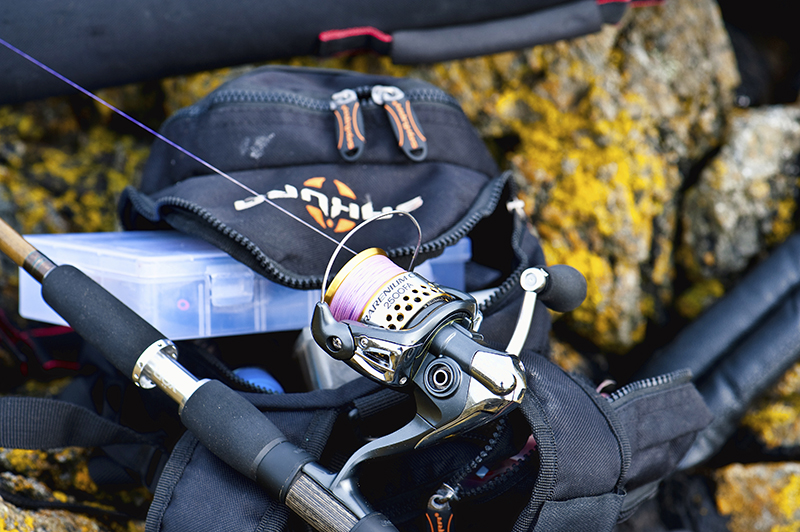
RIG TO USE
When I started boat angling, my rig of choice when fishing for whiting was nothing more than a string of up to six feathers or their various modern equivalents such as hokkais. These I fished baited, and when a shoal of fish was located I could very quickly catch huge numbers of fish.
If you do not wish to use feathers, then two or three-hook paternoster rigs tied using short booms or stand-off tubing are perfect. Long-shank Aberdeen hooks are a good choice because they help you to avoid the whiting’s sharp teeth when unhooking
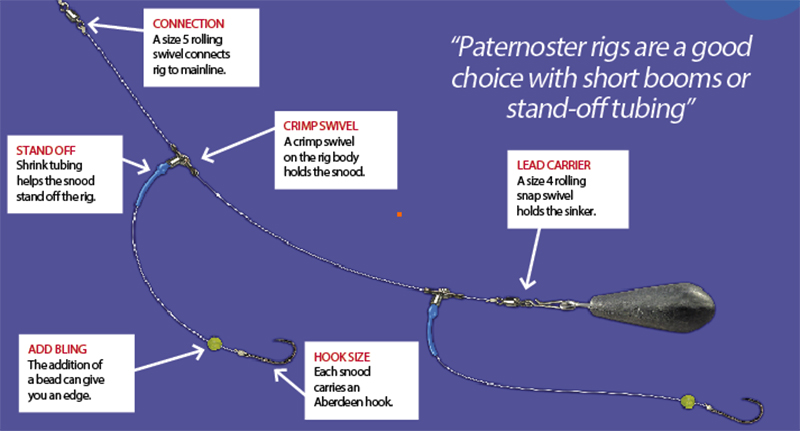
BAIT
Whiting can be caught on almost any sort of commonly used bait. While various types of worms, shellfish, squid or crab will all catch plenty of fish, there is no need to use such expensive baits when fishing for them.
Long, thin strips of frozen mackerel, herring, or almost any other type of fish all work very well. I have seen match anglers soak their baits in various fish oils, which certainly seems to improve their effectiveness for whiting.
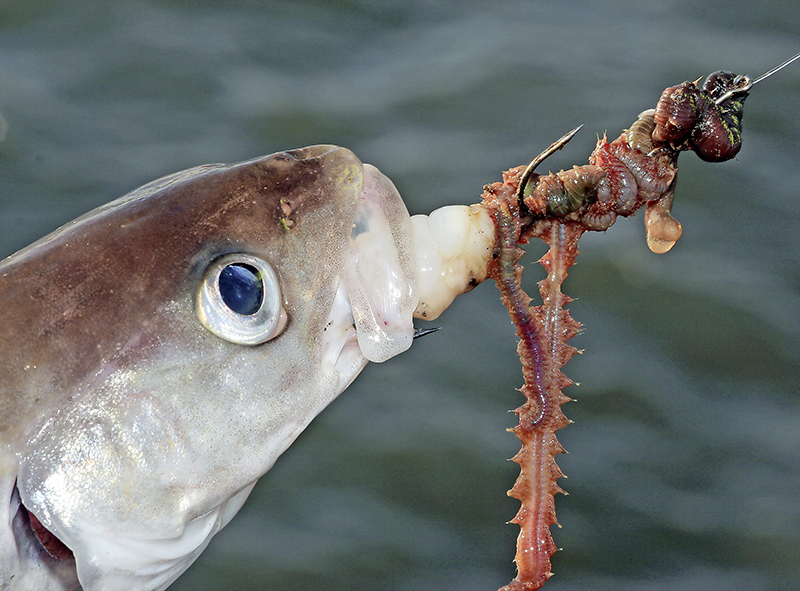
METHOD
Whiting can be caught while fishing both at anchor and on the drift, just so long as you ensure your bait is fishing hard on the bottom. It is always best to hold your rod as bites are usually indicated by a hard rattling on the rod tip, and the fish will quickly strip your hooks.
When fish move inshore during the colder winter months, fishing at night can be more productive, especially in relatively shallow and clear water. Perfect conditions at this time of year are a high spring tide coinciding with a prolonged period of cold and frosty weather.

